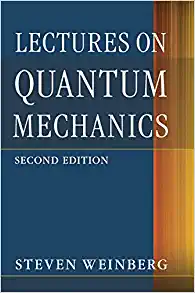Question
Think back to the lab on Spectra and Atoms and you will remember the discussion of spectral classes there. Now it is time to put
Think back to the lab on Spectra and Atoms and you will remember the discussion of spectral classes there. Now it is time to put the tools of spectroscopy together with what we know about the nature of stars.
Spectral Classes for Main Sequence Stars
Let's remind ourselves of what we learned about the spectra of Main Sequence stars in the Spectra and Atoms lab.
Recall that the sequence of spectral classes begins with the hottest stars, the O stars, and ends with the coolest stars, the M stars. This is summarized in the following table. The strong lines column describes the prominent line features in the spectrum. Remember that a star's classification (O, B, A, F, G, K, or M and the subdivisions 0 - 9 within, with 0 being the hot end and 9 the cool end) depends on its color and the pattern of absorption lines, both of which are determined by its temperature. In other words, all Main Sequence stars have basically the same mix of elements, but temperature controls which spectral lines you see from them.
Principal Classes and Characteristics






Step by Step Solution
There are 3 Steps involved in it
Step: 1

Get Instant Access to Expert-Tailored Solutions
See step-by-step solutions with expert insights and AI powered tools for academic success
Step: 2

Step: 3

Ace Your Homework with AI
Get the answers you need in no time with our AI-driven, step-by-step assistance
Get Started


